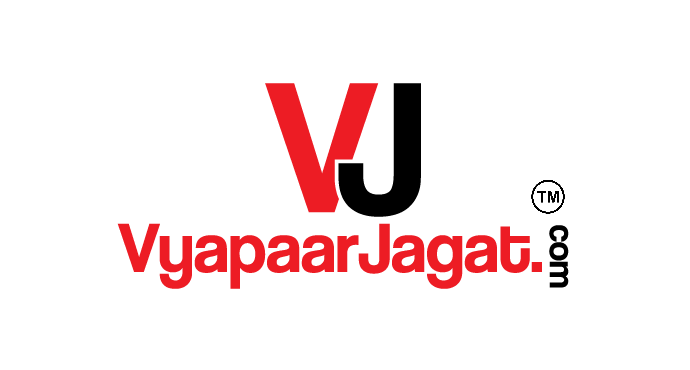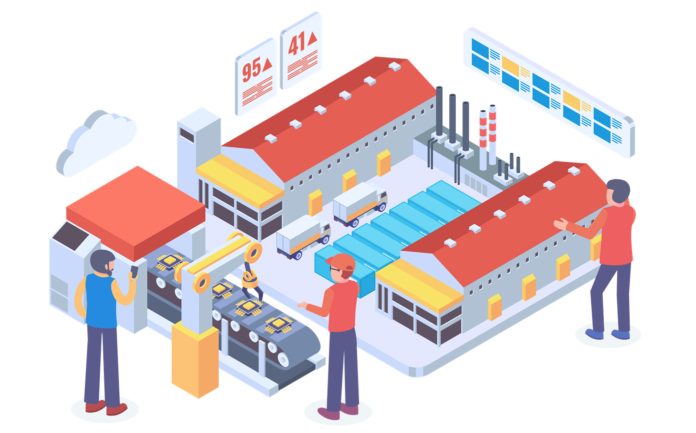A step towards #Atmanirbhar bharat… scheme for the manufacturing enterprises, The Scheme to boost manufacturing is abomercatino canne da pesca usato amazon andre johnson jersey sisteme de inchidere bratara bakugou uniforme ua mercatino canne da pesca usato amazon college football store prada schuhe 2017 andre johnson jerseys gümüş zarif bileklik ikea klobo sofa sneakers à scratch femme costumi carnevale brasiliano lagan gáz főzőlap casio edifice efr 547d 1avuef haibike 7.5 allmtnut supporting Indian exporters and manufacturers by working capital.
Indian government had come up with Bonded Warehouse scheme in 2019. A bonded warehouse is a building or other secured area in which dutiable goods may be stored or undergo manufacturing operations without payment of duty (deferred). It may be managed by the state or by private enterprise. In the latter case a customs bond must be furnished with the government.
Scheme to boost manufacturing in Indian government introduced in 2019 by tweaking the existing scheme of manufacturing under bond. The scheme can revolutionize the way manufacturing units are organized among Domestic Tariff areas, Free Trade and Warehousing Zones, Export Oriented Units (EOU’s), and Special Economic Zones (SEZ’s). Although there is a lot of talk about the scheme to boost on the internet, the actual beneficiary i.e., the manufacturing enterprises are not that aware of it.
Trump Card – Jack of all trades? Let’s find out
We know that the MEIS will be replaced by RoDTEP in the coming year. But, do you know it is not just the MEIS that is surrounded by controversies in WTO; schemes like EPCG, EOU etc. are also not completely clean and hence, it would not be a surprise if DGFT issues a notice regarding the removal of one or all the schemes. What will the exporters and importers do then?
Thus, the government came up with its trump card which is the Bonded Warehouse Scheme.
What the scheme is about and eligibility?
The Scheme to boost manufacturing is about supporting Indian exporters and manufacturers by removing the roadblocks for their working capital. The one-of-a-kind scheme is applicable not only for exporters but for domestic manufacturers (who import goods for manufacturing) and can help in deferring the payment of customs and taxes so that the working capital is not blocked. Let’s see the implications:
- A company imports raw materials and manufactures finished goods which are further exported to other countries. In this case, the BCD (Basic Customs Duty) and IGST are waived off.
- A company imports raw materials and manufactures finished goods which are sold domestically in the Indian market. In this case, the BCD and IGST are deferred for the time till the finished goods do not move out of the facility. And the time limit is not fixed. It can be 2 months or 10 years and interest will also not be charged on the deferred BCD and IGST. And, duties are paid on inputs to the extent of consumption in th final product which is sold in the DTA.
Eligibility
The warehouse should be a Private Warehouse (Section 58 and Section 65) or a Special Warehouse (Section 58A and Section 65) of the Act. amended by the Notification 76/2020 Customs. Any new or an existing manufacturer can apply for this scheme.
Let’s look at the advantages in the form of a table which will give a better and a clearer picture.
| Input / Output | Imports from outside India | Domestic purchase from India | Clearance to Domestic Markets (DTA) in India | Clearance in the form of exports |
| Raw materials and other inputs | BCD, SWS and IGST are deferred | GST is levied, Input Tax Credit is available | Levy of BCD, SWS and IGST* | No tax or custom duty is levied |
| Capital goods | BCD, SWS and IGST are deferred | GST is levied, Input Tax Credit is available | Levy of BCD, SWS and IGST | No levy of any tax or duty |
| Finished Goods | Warehousing or other operations (like re-labelling or re-packaging etc. is allowed. Duty is deferred for 90 days for storage only. | No benefits | BCD+SWS on raw material (minus wastages)** + IGST on finished goods are levied | No levy of any duty or tax |
- if cleared as such then interest is levied on duty deferred beyond 90days.
- if a certain quantity gets wasted or remains unused in the entire procedure, no duties would be levied on them. E.g., a company imports 100kgs of raw materials but is only able to use 80kgs then taxes would be levied only on 80kgs.
Major Advantages:
- Single point of approval.
- No bar on period of warehousing & no commitment towards export obligation
- No geographical restriction unlike SEZ’s.
- Easy and hassle-free online application which is also free of cost.
Let’s now look at the application procedure and the compliance that might be required:
Application Procedure
- Fill the online application form as per Annexure A of MOOWR, 2019 with required details and documents as mentioned in the annexure.
- Execute a triple duty bond as per Annexure C of MOOWR, 2019 and submit a physical copy to the Jurisdictional Commissioner of Customs
- The Commissioner of customs grants permission for manufacturing or other operations in the bonded facility.
There is no requirement to furnish a Bank Guarantee or security deposit to avail the benefits of the scheme.
Compliances for Units
- The applicant shall give an undertaking to maintain accounts of receipts and removal of goods, execute bond and inform input-output norms wherever necessary.
- The person shall obtain a digital signature for filing electronic documents required.
- A computerized system for accounting of receipt, storage, operations, and removal of goods and such facilities, equipment, and personnel are sufficient to control access to the warehouse.
- All the receipts are to be maintained in the warehouse for 5years as well as in updated form in a system (computerized) outside the warehouse.
- Fire security audit certificate issued by a Qualified Independent Agency.
- CCTV facility is expected.
- Provision of security guards – 24 hours is expected
As they say – “there is no rose without a thorn” : the scheme also has its own disadvantages:
Disadvantages
- Proper maintenance and filing of all the documents would require a dedicated set of experts which might not be available in the case of small firms.
- The scheme is not applicable to the service industry.
- It is susceptible to changes. The scheme always goes through one amendment or another.
- No income tax benefit is available for bonded manufacturing warehouse. Also, duty drawback cannot be claimed under the scheme.
Scheme Comparison
Now, we will see a comparison of the Bonded Warehouse Scheme with other schemes and understand how it has an edge over other schemes.
Parameters | Advanced Authorisation | SEZ | EPCG | EOU | Bonded Warehouse |
| Concept | AA shall be granted on pre-import basis with ‘Actual User’ condition for duty free | Designated duty-free enclave where manufacturing/service operations allowed | Enables an importer to import capital goods at zero rates of custom duty | Similar to SEZ where manufacturing/services operations are allowed. | Imported goods are stored under customs control in designated place without payment of import duties |
| Need for license to import | Yes | No | Yes | Yes | No. However, registration certificate is required |
| Validity of license | 12 months | Limited to certain period | 24 months | 60 months | NA |
| Adherence to SION norms | Yes | NA | NA | Yes | Norms to be defined by the company |
| Eligibility criteria | Only available for specific products based on rules under FTP | Requires minimum area of land (50 hectares) | Only available for capital goods with a commitment towards fulfi export obligation | Minimum investment of 50million INR in plant machinery | Any new factory or existing factory premises can be converted to a bonded premise |
| Export obligation | Value addition depending upon the products. Usually its 15% value addition | Positive Net Foreign Earning required s | Export Obligation equivalent to 6 times the duty saved to be fulfilled in 6 years. | Positive Net Foreign Earnings required | No commitment towards export obligation required as such. |
| Value on which import duty is payable | NA | Value of goods sold from SEZ to DTA including value additions | NA | For DTA clearance permission is required | Import value of inputs used for domestic clearance |
Any manufacturing unit before planning operations should evaluate the pros & cons of the available schemes and accordingly make a decision to apply for in any scheme. In-depth research and analysis of each of the schemes to boost should be done on a case-to-case basis so that the manufacturing unit as a whole can apply for the right scheme at the right time and reap the right benefits.
Convinced? Apply today!
In a nutshell, we can say that Bonded Warehousing will lay a strong foundation for ‘Make in India’. Moreover, it will also help Indian traders usher into digitization as the entire process is electronic and depends upon maintaining of all the bills and records. It will foster manufacturing as even existing manufacturing units can be transformed into warehouses.






